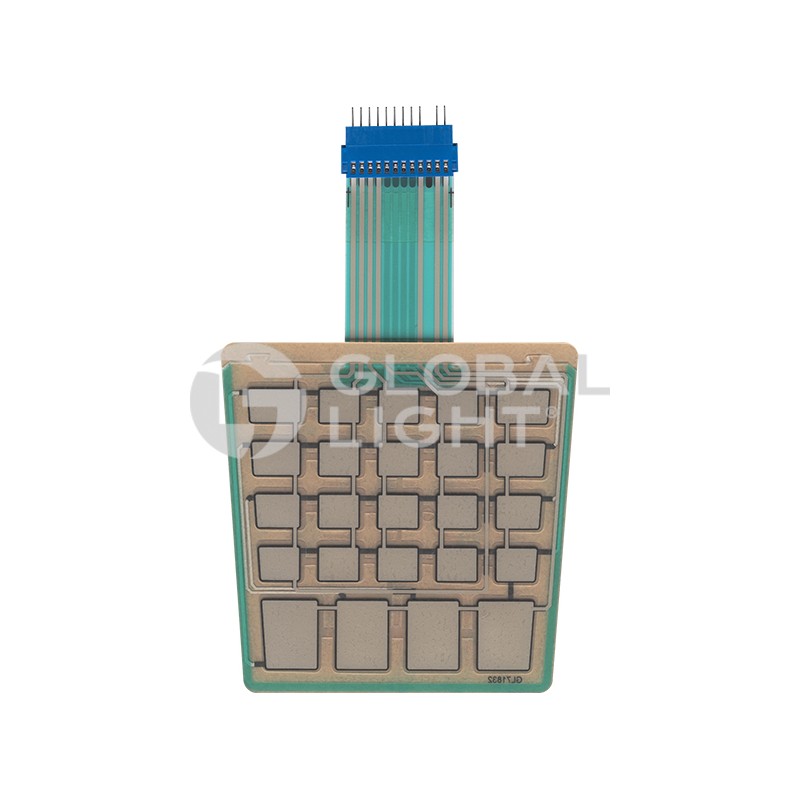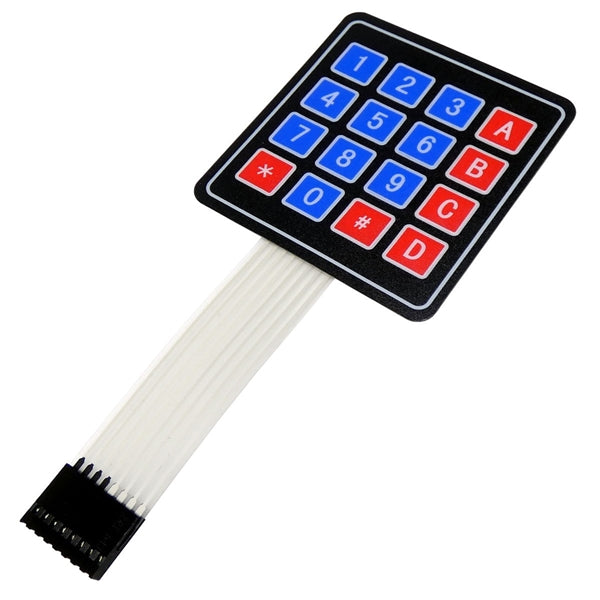Understanding Membrane Changes: The Trick to Durable and Reputable Controls

What Are Membrane Buttons?
Membrane switches are an advanced remedy in the realm of individual interface innovation, incorporating capability and layout seamlessly. These tools work as a user interface in between customers and electronic systems, incorporating several elements into a small format. Generally created from flexible, thin layers of materials, membrane layer switches are developed to react to touch, enabling individuals to connect with equipment and electronic gadgets effectively.
The primary components of a membrane layer button consist of a published circuit layer, graphic overlay, and a spacer layer that protects against unexpected activation. The visuals overlay can be personalized to reflect brand identification or individual choices, improving looks while making sure usability. Membrane layer switches are typically used in various applications, consisting of medical devices, customer electronics, and commercial equipment, owing to their durability and resistance to ecological aspects such as wetness and dust.
One of the crucial benefits of membrane layer switches is their capacity to endure damage, making them perfect for high-traffic environments. Furthermore, they are light-weight and need very little room, enabling cutting-edge designs in item advancement. On the whole, membrane layer switches over stand for a reliable and practical option for modern-day electronic interfaces, weding modern technology with user-centric layout principles.
Exactly How Membrane Layer Switches Over Job
The operation of membrane changes hinges on a basic yet effective system that converts individual input into digital signals. When an individual presses the button, the leading layer flaws, allowing a conductive aspect in the circuit layer to make call with a matching conductive pad on the bottom of the visuals overlay.
The style of membrane layer buttons can differ, but they usually incorporate domes or tactile elements to provide responses to the user, improving the total experience - membrane switch. The products used in membrane buttons, such as polyester or polycarbonate, add to their sturdiness and resistance to environmental variables, consisting of wetness and dirt. Moreover, the published circuits are typically encapsulated, which shields them from damage over time.
Advantages of Membrane Buttons

In addition, membrane layer switches are known for their longevity. Constructed from robust materials, they are resistant to dust, wetness, and physical wear, which significantly extends their lifespan compared to standard mechanical buttons. This toughness makes them specifically suitable for high-traffic atmospheres and applications requiring long life.
An additional considerable advantage is the simplicity of cleansing and maintenance. The smooth surface area of membrane switches over reduces dust build-up and is commonly unsusceptible spills, making them excellent for setups that need regular sanitization.
Additionally, membrane switches offer a structured account, causing a thinner style that can be integrated into various tools without including bulk. This feature not just boosts the visual charm however also adds to an extra ergonomic item layout.
Applications of Membrane Switches
Functional and straightforward, membrane switches discover applications across a large range of industries, consisting of medical devices, customer electronics, and commercial devices. In the medical area, these switches are integral to tools such as diagnostic tools, individual monitoring systems, and mixture pumps, where dependability and ease of cleansing are vital. Their ability to preserve and withstand rough environments functionality makes them suitable for such applications.

In consumer electronic devices, membrane switches are made use of in products like microwaves, washing equipments, and remote controls - membrane switch. Their streamlined design enables instinctive user interfaces, boosting the overall customer experience while providing durability and resistance to deterioration
Industrial devices additionally benefits from membrane buttons, specifically in control panels for machinery and automation systems. These switches use protection against dust and dampness, guaranteeing regular efficiency in difficult environments. Furthermore, their customizable attributes allow makers to customize them to details functional needs, enhancing efficiency and performance.
Choosing the Right Membrane Switch Over
When selecting a membrane button, it is vital to consider various factors that affect efficiency and viability for certain applications. The main considerations include environmental conditions, tactile feedback, sturdiness, and style specifications.
First, assess the operating setting; buttons subjected to wetness, chemicals, or severe temperature levels need particular materials to ensure long life and performance. Next, evaluate the demand for responsive feedback. Depending on customer Visit Website communication, some applications may take advantage of a responsive action to confirm activation, while others might favor a non-tactile style for aesthetic factors.
Toughness is one more important aspect; membrane buttons must be created to endure frequent use, impacts, and abrasion. Make sure the picked switch can sustain the anticipated lifecycle, specifically in high-usage situations.

Verdict
In final thought, membrane layer switches serve as essential elements in the layout of durable and trustworthy control systems throughout various markets. The adaptability of membrane layer switches enables for customized remedies that meet particular functional requirements, enhancing their significance in contemporary innovation.
Membrane layer switches over stand for a vital facet of modern-day user interface layout, mixing functionality with resilience in various applications.Membrane buttons are an innovative remedy in the realm of individual interface modern technology, combining performance and layout seamlessly. Usually created from adaptable, thin layers of materials, membrane buttons are made to react to touch, making it possible for customers to connect with equipment and digital tools successfully.
The style of membrane basics switches can vary, but they often incorporate domes or responsive components to give comments to the individual, improving the overall experience.In conclusion, membrane switches over offer as necessary elements in the design of resilient and reputable control systems across numerous markets.